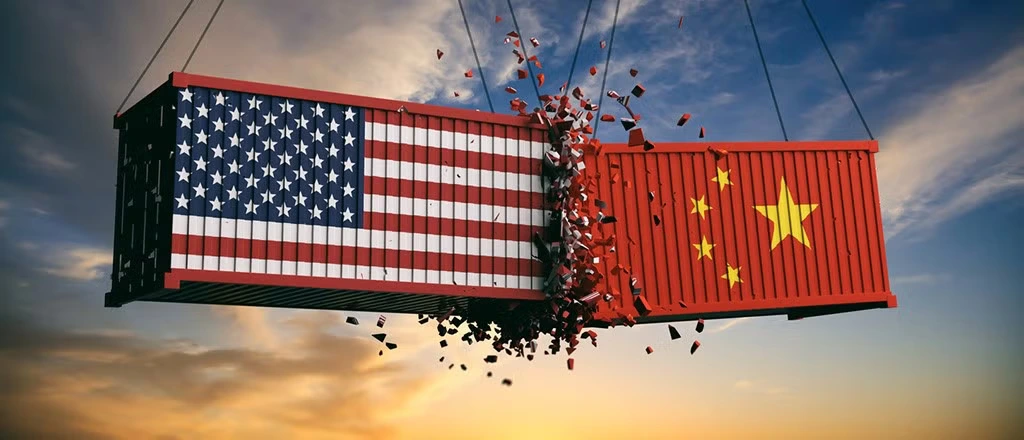As the US and China have agreed to reduce tariffs on each other’s goods, India could leverage this opportunity to boost exports in sectors that remain largely unaffected by the ongoing US-China trade dynamics, according to SC Ralhan, President of the Federation of Indian Export Organisations (FIEO).
Ralhan identified several sectors where India could potentially capitalize, including Active Pharmaceutical Ingredients (APIs), gems and jewellery, engineering goods, organic chemicals, and IT-enabled services. The FIEO closely monitors global trade developments that influence India’s trade interests and is assessing the impacts of this recent tariff reduction.
Under the agreement, China has pledged to lower tariffs on US goods from 125% to 10%, while the US plans to reduce tariffs on Chinese goods from 145% to 30%. This agreement, which is set to last for an initial period of 90 days, marks a significant de-escalation in trade tensions between the two largest economies, underscoring the importance of their economic and trade relationship.
While this development is generally positive for global trade stability, Ralhan noted that it could present both challenges and opportunities for India. A surge in US-China trade, particularly in high-value sectors like electronics, machinery, and chemicals, may increase competition for Indian exporters in third markets such as Southeast Asia, Africa, and Latin America—regions where India has recently strengthened its position amidst the trade disruption between the US and China.
In response, India must engage proactively with the US to secure and expand its preferential trade access, highlighting its role as a reliable alternative sourcing destination. Given the temporary nature of the tariff cuts, companies may hedge against future trade uncertainties by expanding manufacturing operations in India, particularly under initiatives like the ‘Make in India’ and PLI schemes, which focus on sectors such as electronics, auto components, and textiles.
Ralhan emphasized that the FIEO will continue to work with policymakers to navigate the changing global trade landscape and ensure that India’s trade interests are protected and promoted.
The trade war between the US and China began under President Donald Trump’s administration, which imposed reciprocal tariffs on countries with which the US had a trade deficit. Trump had previously proposed tariff rates as high as 245% on Chinese goods, while Chinese tariffs on US goods reached 125%. Since the start of his second term, Trump has reaffirmed his policy of tariff reciprocity, stating that the US will match tariffs imposed by other countries, including India, to ensure fair trade practices.India Looks to Leverage US-China Tariff Reductions to Boost Exports, Says FIEO President

Founder & Editor brings over a decade of expertise in ethics to mediajob.in. With a passion for integrity and a commitment to fostering ethical practices, Ayush shapes discourse and thought in the media industry.



